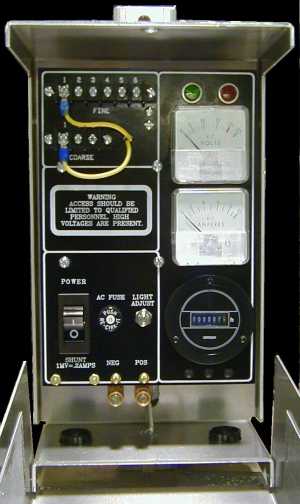Cathodic Protection Systems
For installation, repair and testing, please call (817) 834-0303.
Service Stations
As a gas station owner, it’s essential that you take the necessary precautions to prevent underground tank leaks caused by corrosion. We offer all the necessary materials for cathodic protection of your assets.
- To prevent corrosion of metal components of fueling systems and unwanted releases into the environment, cathodic protection is used to prevent this corrosion.
- Through the installation of sacraficial anodes, wire binding, and a voltage rectifier, we are able to make the tanks and lines a cathode (non-corroding aspect of an electrolyte system) and prevent corrosion and fatigue of metal. Call us for an estimate for your site.
- Every three years, each cathodic system must be inspected for proper protection of the metals. Petroserv is capable of performing this service. Let us know if we can aid you with your cathodic inspections.
- Most new tanks are installed with a fiberglass coating to prevent corrosion of the tanks. However, if this jacket is damaged or if it is eroded the tanks could become vulnerable to corrosion and a problem could occur. We have the technology to perform an electrical isolation test. This test determines whether the tank has sufficient coating to prevent corrosion or if an external impressed current system will be needed to prevent corrosion and tank fatigue.
Cathodic Protection (CP) is a technique used to control the corrosion of a metal surface by making it the cathode of an electrochemical cell. A simple method of protection connects the metal to be protected to a more easily corroded “sacrificial metal” to act as the anode. The sacrificial metal then corrodes instead of the protected metal. For structures such as long pipelines, where passive galvanic cathodic protection is not adequate, an external DC electrical power source is used to provide sufficient current.
Cathodic protection systems protect a wide range of metallic structures in various environments. Common applications are: steel water or fuel pipelines and steel storage tanks such as home water heaters; steel pier piles; ship and boat hulls; offshore oil platforms and onshore oil wells casings; offshore wind farm foundations and metal reinforcement bars in concrete buildings and structures. Another common application is in galvanized steel in which a sacrificial coating of zinc on steel parts protects them from rust.
Cathodic protection can, in some cases, prevent stress corrosion cracking.

